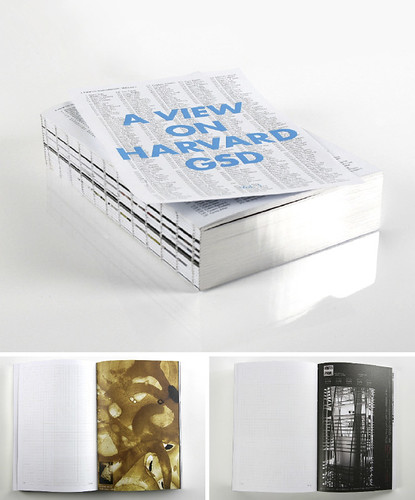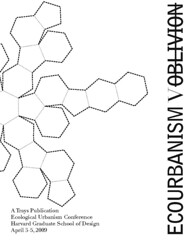Translating Green: A Design Manifesto
The cities of America are finally growing again. Suburbanites and Immigrants, no longer afraid of images of grime, poverty and Law and Orderesqe crimes that lurk around every corner, are refilling long dormant streets. With them have come new demands for planners and architects. It seems that everywhere people are calling for Green. Perhaps a problem of vocabulary, it seems that Green has become the lowest common denominator in design. Whenever a project gets bogged down, Green is the only thing that can be agreed upon. As trained professionals, we should not get trapped into providing Green without thought to what the public means. Because the public lacks the words to explain what they seek, we must translate what the people are asking for when they ask for Green.
The first, and perhaps most important, possible translation of Green is that of creating sustainable, ecological cities. Planners have a responsibility to think of long-term benefits and detriments of development. Developers, with their focus on money, and politicians, with their short-term focus on the next election, cannot be trusted to look out for the city in this way. At the same time, when the people ask for Green, few of them are probably aware of the long-term ecological consequences of development. A lush park in Phoenix, while Green/color, would be very unlikely to be Green/sustainable. Thus, providing Green/color in much of the water-hungry southwest, for example, is contradictory to the goal of providing Green/sustainability.
This leads to the second possible translation. Green could (and often probably does) mean literal Green. I believe that these Green requests often come from the people in the city who are most enamored of suburban life. The image of the front lawn creates the image of what a streetscape should look like to these urban dwellers.
We must then try to examine what the front yard provides suburban localities. The front yard serves as a buffer between the public realm (the street) and the private (the home). In the best of cases, the yard, along with the front porch, would serve as a sort of semi-public (or semi-private) realm; however, this seldom seems to be the case anymore. The front yard may succeed aesthetically (in the eyes of the suburbanites), but it often fails to give people a meaningful connection to the streets.
If the demand for Green can be seen as a demand for further suburbanization of urban space, planners must resist it. The suburbs already exist. People can choose to live there if they want. If we turn the city into pseudo-suburb (as Jane Jacobs called it), we endanger the diversity and connection between the public and private that create the most meaningful experiences of the city.
Instead, we should concentrate on providing usable, meaningful public and semi-public spaces. In this way, we could reduce the demand for Green to a simple aesthetic preference. Providing a minimum of Green will then enable us to provide more important public spaces.
Philosopher Alain de Botton puts forward another possible translation in his 2006 book, The Architecture of Happiness. De Botton believes that calls for Green are a reactionary response to the extreme rationalization of space that has existed for the past hundred years. In his opinion, people living in the small medieval city sought refuge from nature that existed all around them and demanded a rational planning process. Today, in a world where anyone who visits a city for the first time and spends two minutes studying a map can guess that to find 6527 Third Avenue South-East means going 65 blocks from the east-west axis and three blocks from the north-south axis, people long for a bit of surprise. I believe this is also shown by the tendency of creative people to congregate in areas of gridded cities that do not follow the city’s rational pattern. Greenwich Village in New York, Wicker Park in Chicago, or Uptown or Loring Park in Minneapolis are all examples of irrational neighborhoods in rational cities that are charged with creative energy.
Translating can be a difficult task, however, it is the task that Planners are called to. We must seek to understand the vocabulary of the public and craft it into a physical language (the city) that can be deciphered by its inhabitants. In my opinion, the word Green, when uttered in public forums, can be understood in these three ways. Green = sustainability. Green = public. Green = surprise. As the understanding of language is often relative, this could never be an exhaustive list, however, I believe it is a starting off point.
Conclusion:
1. Planners should seek to increase sustainability in the city.
2. Planners should seek to increase valuable, usable public/open space in the city.
3. Planners should not hyper-rationalize space. Just like chance meetings on the street, the architecture and planning of the city should allow the city-dweller to be occasionally surprised by their surroundings.
In all of these ways, Planners can understand increased calls for Green as calls for creating livable, sustainable and interesting urban environments.




1 comments:
i sure hope so
Post a Comment